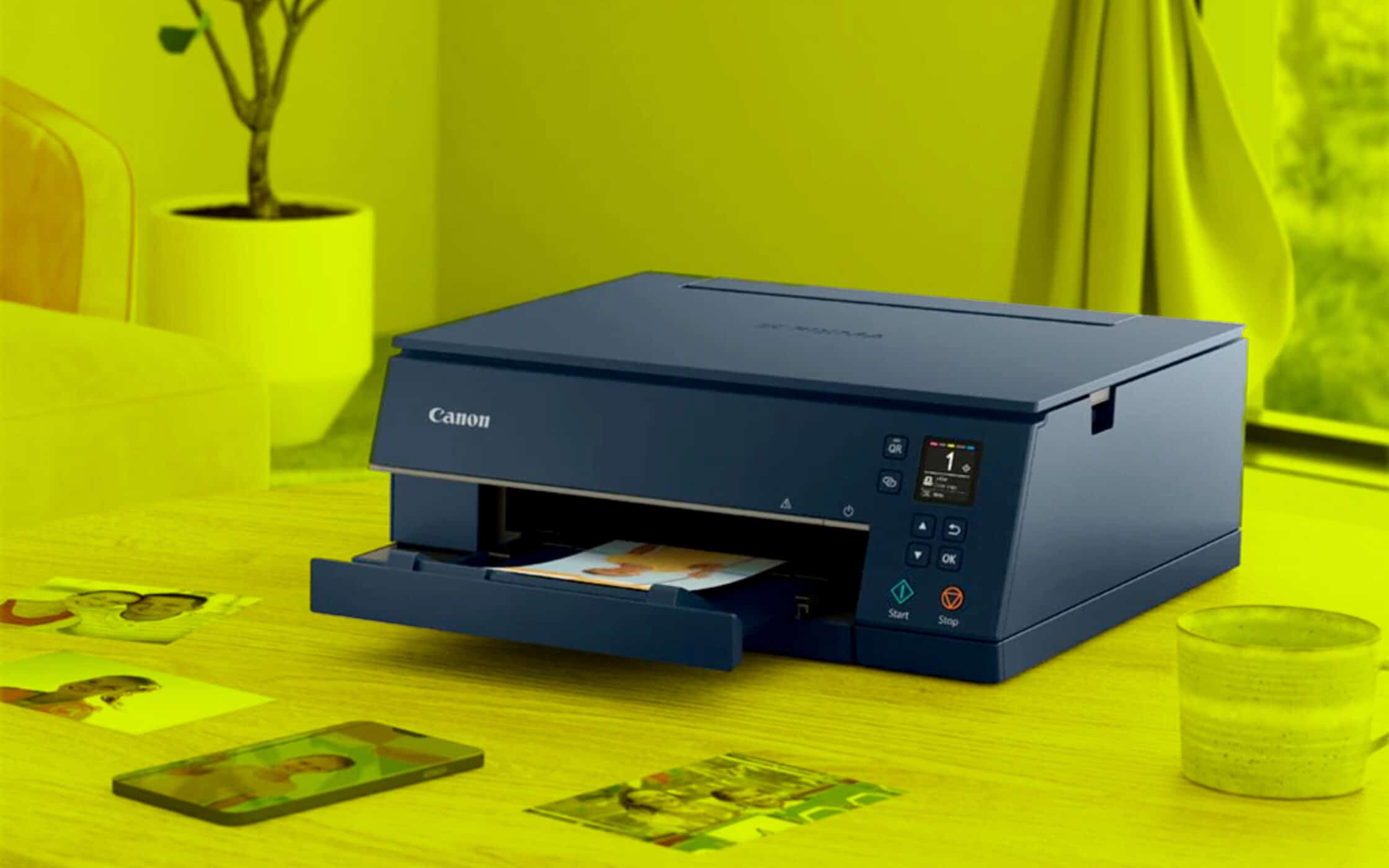

- #Which printer best match for mac install#
- #Which printer best match for mac driver#
- #Which printer best match for mac manual#
- #Which printer best match for mac pro#
- #Which printer best match for mac plus#
If your printer includes it, you can click Utility to open the printer utility, print a test page, and clean the printheads. When you click the Supply Levels tab, you can see the ink levels for the printer, if the printer you’re using communicates that to the user. I recommend putting a piece of tape on the printer with its number or specific name, and that way you can be sure you’re printing to the correct printer when you select it in the application. I like to rename printers if you have more than one printer, giving them meaningful names is important, even more so if you have multiple printers of the same model. THE PRINT QUEUE GENERAL TAB SHOWING CHANGING THE PRINTER’S NAME The Print Queue dialog box showing status and the General tab. Click the printer you want to add, as shown in Figure 4.1.įIGURE 4.4. When you see an option of connecting via Bonjour or TCP/IP, I recommend connecting via the manufacturer’s Ethernet connection. If you’ve connected your printer using USB, Ethernet, or FireWire, it should appear. In my case, a bunch of different printers show up. On the Mac, Bonjour lets your computer find all the printers it can connect with.
#Which printer best match for mac plus#
Then, click the Plus button at the bottom of the Printers area on the left side of the dialog box.
#Which printer best match for mac driver#
Because I have a lot of printers spread out throughout my studio, I connect most of mine by Ethernet (there are a couple of reasons for the exceptions, which I’ll cover later).Īfter installing the printer driver and connecting the printer on the Mac, open the System Preferences, and then click Print & Scan. Most printers have multiple methods of connectivity-USB, Ethernet, or FireWire (though FireWire is becoming less and less common).

You run the installer-ideally the most recent downloaded installer. Installing a printer on the Mac is relatively simple. Another alternative might be using a wireless connection, particularly if the printer comes with one. So while it can be tedious to set up and maintain, I suggest setting up printers using a local area network, ideally with a switch instead of a hub-and while most printers connect using 10/100 Mbit/sec, I suggest setting up a 10/100/1000 Mbit/sec switch.
#Which printer best match for mac pro#
FireWire is falling out of favor and is not included on many recent pro printers. The easiest way is usually USB, but that might not be the most convenient, since the length of USB cables is restricted to 5 meters (about 16 feet) without a repeater (which can cause potential problems). What’s the best and fastest way to connect your printer to your computer? In terms of speed, it really doesn’t matter whether you connect via USB, FireWire, or using an Ethernet connection. Then I go to the printer manufacturer’s Web site and download the most recent printer driver, utilities, and firmware, if an updated version is available. So when I get a new printer, I start by reading the manual. It’s even likely that there’s updated firmware available for the printer. Generally speaking, by default, when you buy a printer, the printer driver on the installation CD is likely to be out of date.
#Which printer best match for mac manual#
But ideally, the first thing you should do is read the frigging manual (RTFM).
#Which printer best match for mac install#
When you buy a new printer, you might be tempted to pop the CD in the computer’s disc drive and double-click the installer to install the printer driver. It’s easy to introduce errors that can be frustrating (and time-consuming, and potentially expensive) to troubleshoot and fix.īefore you print, you obviously need to install the printer and printer driver. Pay attention to the details as you prepare to print. I like making prints-which is a good thing, since I’m writing a book about printing! Before You Print Of course, as always, there are some potential roadblocks and technical issues (I call them “gotchas”) to be aware of. Once you’ve got your image prepared, and you’ve soft proofed with the appropriate profiles and tweaked the image just so, it’s just a matter of printing them. There’s certainly less about theory here, and more about the mechanics. If you have survived the chapters on color management and preparing your images for printing, you’ll find this chapter relatively simple. The image was scanned on an Epson Perfection V750-M Pro Scanner at 4800 ppi.

I used a Sinar 4x5 camera with a 360mm lens on 4x5 Ektrachrome transparency film, which I processed with one of the first E-6 home processing kits from Kodak.

It was shot in 1976 for a school assignment.


 0 kommentar(er)
0 kommentar(er)
